This site uses cookies. By continuing to browse the site you are agreeing to our use of cookies. Read our privacy policy

Hong-Eng Koh, Global Chief Public Services Industry Scientist, Huawei Technologies

Hong-Eng Koh sketches out the evolution of "living" cities
The digitalization of cities as a topic of serious discussion can probably be traced back to a conference in Copenhagen in May 1996. Back then, the conversation was about moving offline information online, along with a few limited services. People were focused on particular applications, and these were siloed in their own dedicated systems. Little thought was given to sharing data across databases – something you generally couldn’t do in those days, anyway.
Twelve years later, the focus shifted to the use of sensors, cameras, networks, and analytics. IBM’s "Smarter Planet" campaign, launched in 2008, got into some of the implications of smart cities, without using that phrase.
Today, the focus is shifting again, and we are now able to glimpse the outlines of the smart city of the future: the "cognitive city."
Proactive and personalized
5G networks, cloud computing, big data, AI, and Large Language Models will combine to enhance and automate a city’s processes, enabling cross-city data flows and joint operations across municipal agencies. Far from an after-thought, these technologies will become part of a city’s master plan.
The goal of this transformation is straightforward: to proactively provide city residents with personalized services that enhance their quality of life.
For example, a cognitive city will automatically sense a traffic accident, dispatch first responders, create traffic alerts, and maybe even divert traffic – then capture the relevant data for later use by police and other authorities. Ultimately, it may even assess penalties on whoever was at fault.
Data is forever
Technologies come and go, but one thing that will not go away – and, in fact, is growing at exponential speed – is data.
Cognitive cities will be data-driven. That may sound a bit cold, but it means that such cities will offer services that are centered on people.
A cognitive city will protect people against disasters, accidents, and crime. It will promote continuous growth for people and businesses through smart education and training. It will deliver intelligent, personalized healthcare to foster lifelong well-being. And it will create a greener, more sustainable environment in which people can shop, work, and socialize.
AI and smart cities
AI is all the rage now, especially generative AI such as ChatGPT, but for years, Huawei has been investing billions of dollars researching and developing artificial intelligence models. These include Pangu, a foundation model that can be used in different ways.
Pangu’s capabilities are helping society make the transition to cognitive cities that are "alive" in the sense that human managers can converse with an AI platform using natural language. The platform, in turn, becomes more intelligent as it acquires data. It is therefore better able to make recommendations for improving life for city residents.
In Lanzhou, a provincial capital in western China, Pangu AI already manages the city's healthcare system. It creates a single digital healthcare profile for residents and already covers 70% of Lanzhou’s population.
Extreme weather can threaten cities, especially if it strikes without warning. Fortunately, Pangu AI can also predict weather events – and can do so much faster than traditional methods such as Numerical Weather Prediction (NWP).
Huawei fed 39 years of weather data into Pangu, enabling it to forecast the weather just as accurately as NWP – but in seconds rather than days. In 2023, Pangu predicted various typhoons up to 10 days in advance. The European Center for Medium-Range Weather Forecasts now uses Pangu to predict weather all over Europe.
Huawei is active in other areas of AI as well. We created MindSpore, an AI training and inference framework that makes training an AI model easier and more efficient. Essentially, MindSpore is a group of software libraries that make it easier for programmers to train and fine-tune AI models. It takes a lot of complex algorithms and abstracts them into straightforward functions. That way, if a develop wants to train an AI model, she doesn’t have to worry about the mathematical and algorithmic complexity underlying a typical neural network. Instead, she can simply take a “pre-packaged” function and feed it the data she wants to use to train her model. MindSpore handles the rest.
We also created ModelArts AI, a one-stop-shop for training and deploying AI models on the cloud. ModelArts AI provides developers with the tools, interface, and computing resources to make the most of MindSpore and other mainstream deep learning frameworks.
In sum, Huawei is doing its part to help create the cognitive cities of the future. These will be people-centered ecosystems that can sense, think, and evolve, with a view toward making life better and more sustainable for the people who live in them.



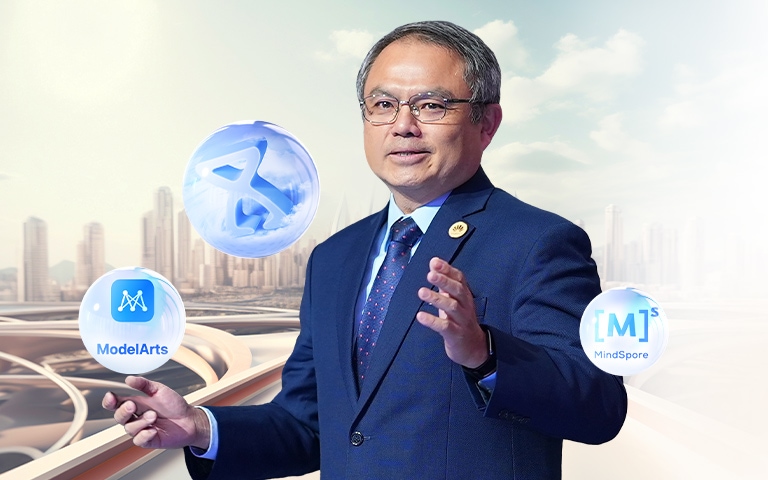
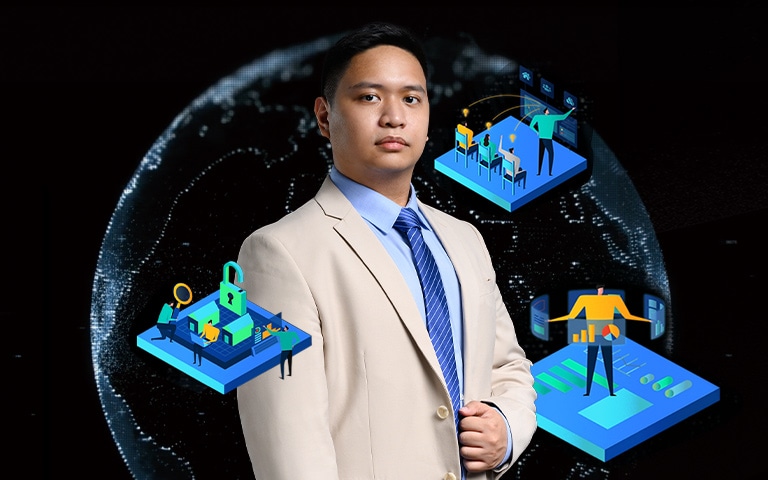

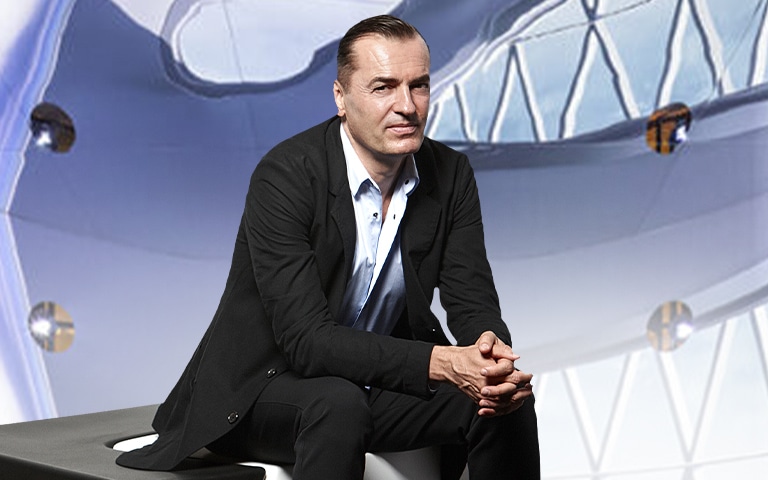


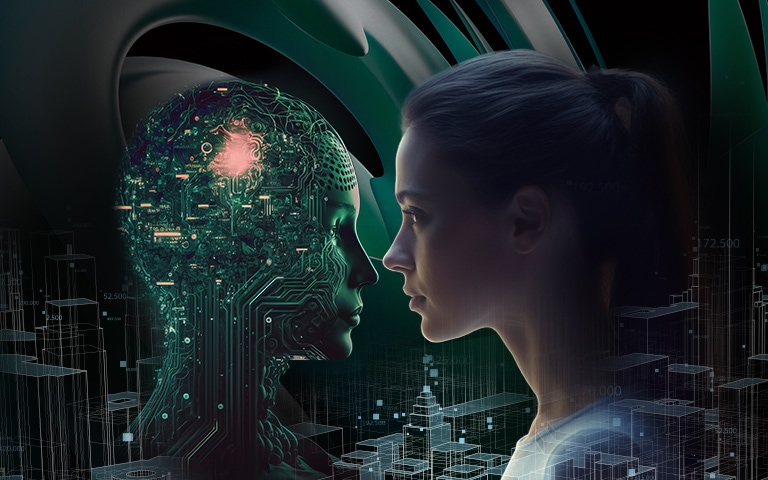

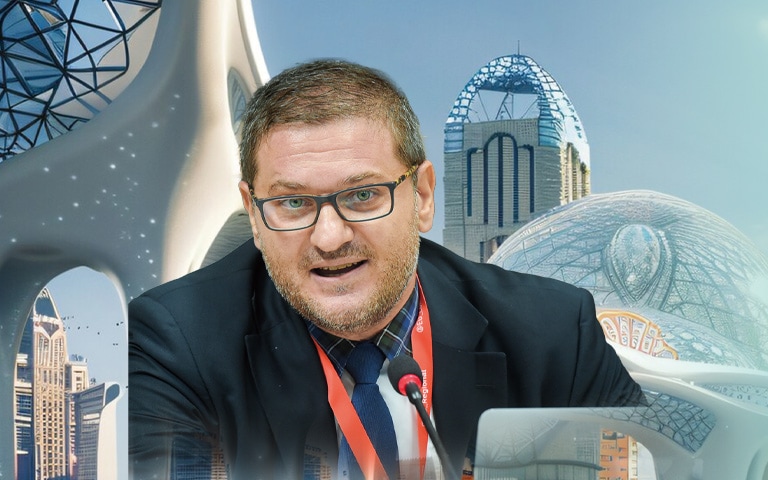
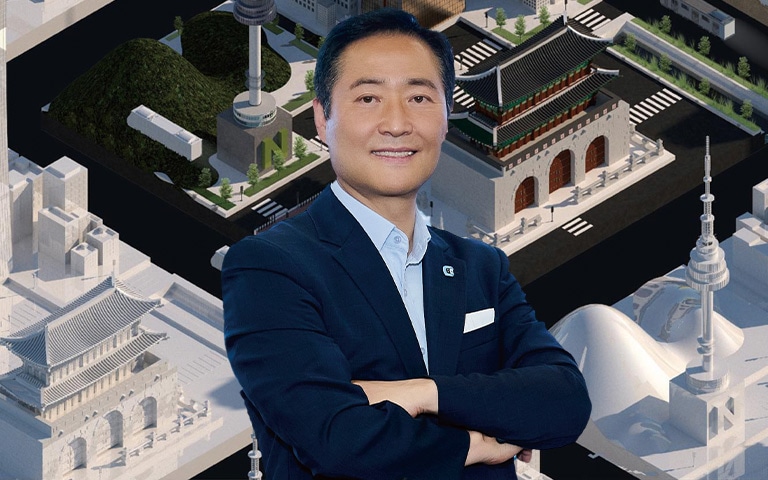



Contact us! transform@huawei.com
